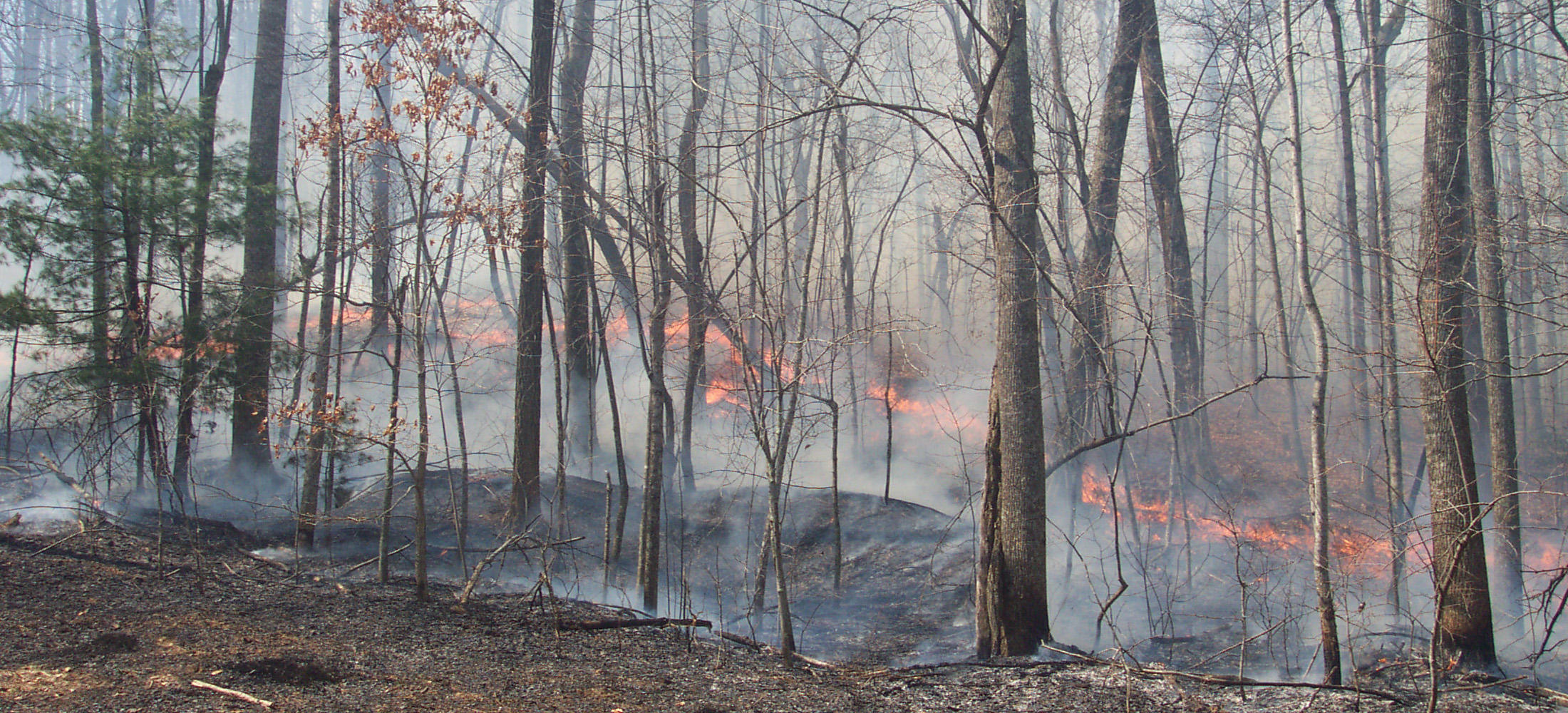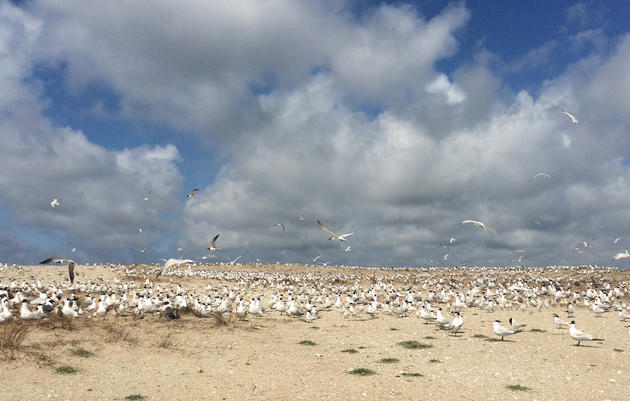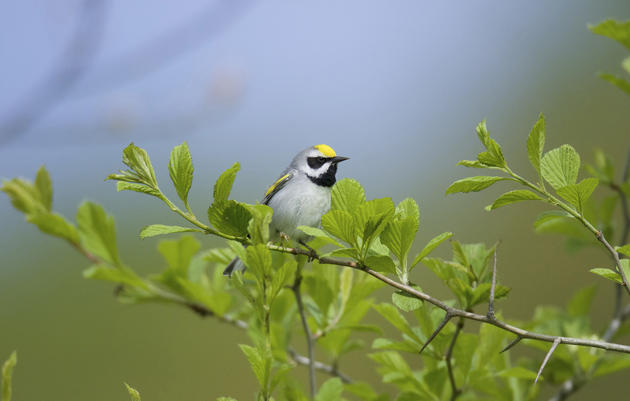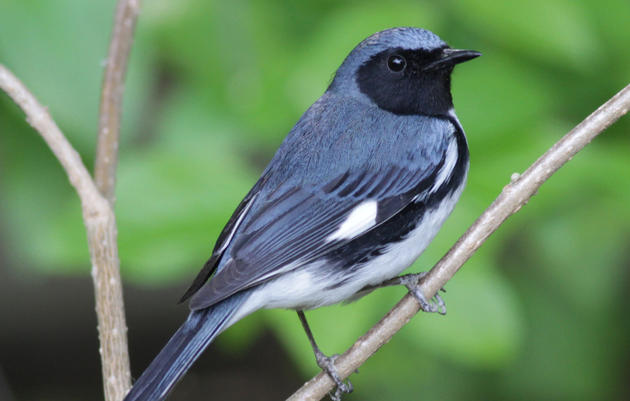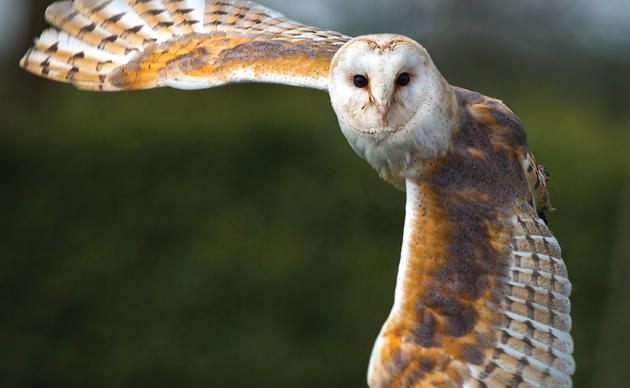In National Audubon Society's Summer 2017 magazine, Susan Cosier reports on the use of "cleansing fire" in a former industrial area of Chicago, where "burning a wetland could boost bird populations." Here, we take a look at the history of fire in our own state of North Carolina-- and how it can be used to clear the way for important bird areas to thrive.
From mountains to sea, the places birds live have been shaped by the presence of fire on the landscape.
North Carolina is home to one of the nation’s quintessential fire-dependent ecosystems- the Longleaf Pine Forest. Once covering 92 million acres in the southeastern United States, only about 4 million acres remain today. Approximately 300,000 of those acres are in North Carolina.
An evolutionary response to lightning strikes, Longleaf adapted to and thrived with a regular interval of forest fires. However following urbanization and massive wildfires in the late 1800s and early 1900s, fire suppression became policy.
Fire exclusion nearly led to the extinction of the entire Longleaf Pine ecosystem, home to 122 endangered or threatened species and two of North Carolina’s most revered birds- Red-cockaded Woodpecker and Bachman’s Sparrow. Thanks to extensive research, land managers now understand that fire is essential in maintaining Longleaf Pine Forests and all the birds that depend on them. The study and use of prescribed fire is now a regular element of restoring these forests- one of the most endangered ecosystems in North America.
It wasn’t just the coastal pine forests that experienced regular intervals of fire in North Carolina: fire has long been used as a tool for human settlers for clearing land, hunting and gathering activities, and homestead protection particularly in the valleys.
In the Southern Appalachians, researchers know regular intervals of fire moved through the mountain tops from the presence of Table Mountain Pine, a pine that grows amid hardwood forests but relies on fire for seed dispersal.
The mosaic of forest types, including oaks, across the Blue Ridge also reflects intervals of historic wildfire. Ridgetop fires were historically the result of lightning strikes but in late 2016 and early 2017, the Southern Appalachian Mountains of NC and TN saw one the most dramatic wildfire seasons in history. As devastating as these stand-replacing fires appeared, spring 2017 showed incredible signs of regrowth and renewal as burned canopy trees made way for early forest succession once again. Early successional forest is important to many species of birds, including Golden-winged and Prairie Warblers.
People still use fire for many of the same reasons but biologists have added ecosystem restoration to the list of ways fire can be used as a tool. Audubon North Carolina and partners have used fire for native seedbank stimulation and oak regeneration as a part of the Forest Landbird Legacy Program.
Ultimately, if we can restore habitats to reach a suitable mosaic of historic proportions at a level that can help sustain declining species that depend on them, while appreciating the cultural history of our state, we believe it is a goal worth seeking.

